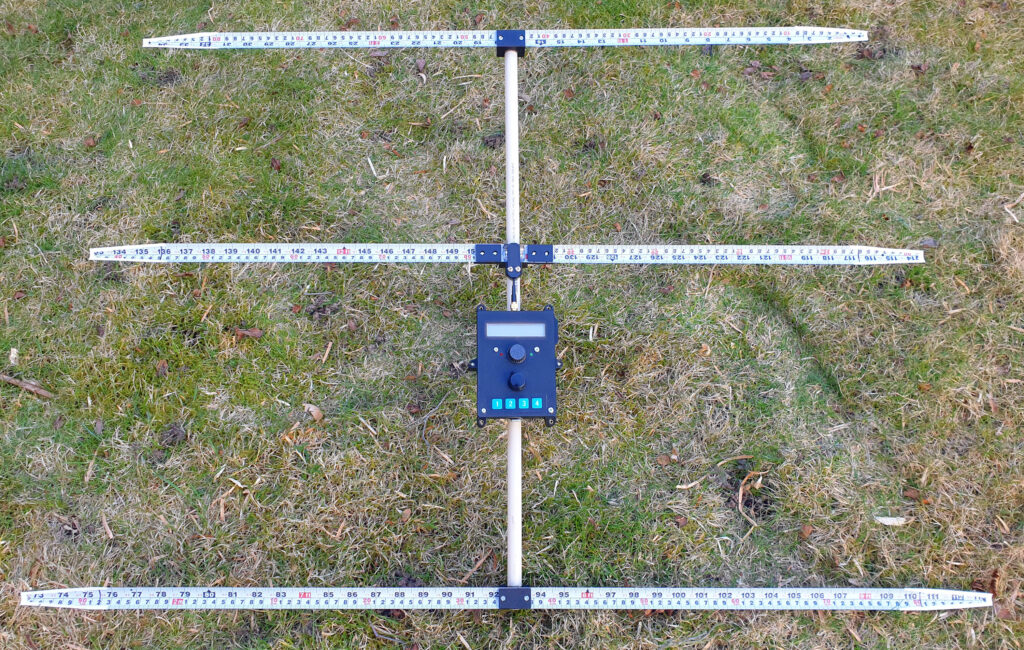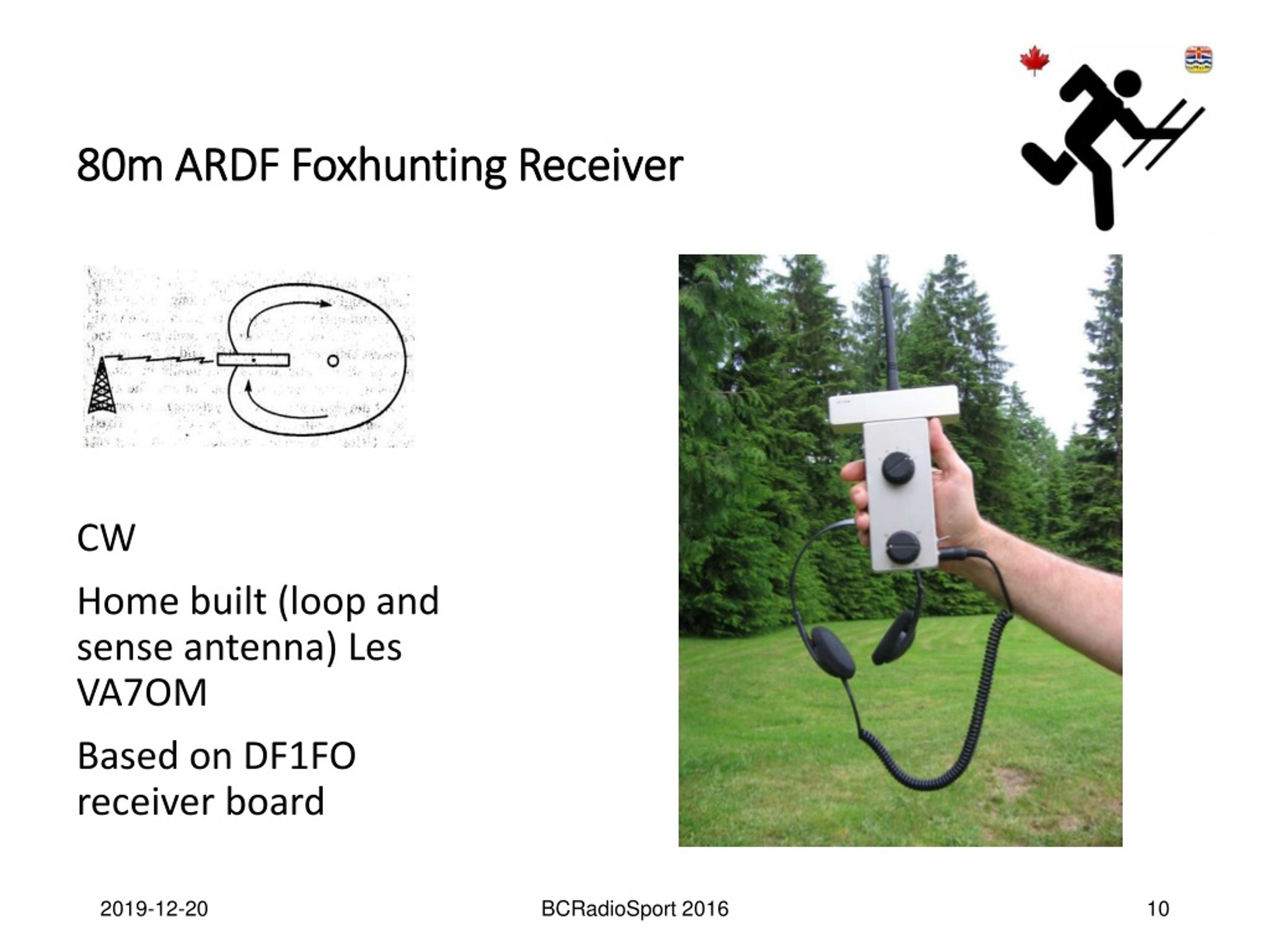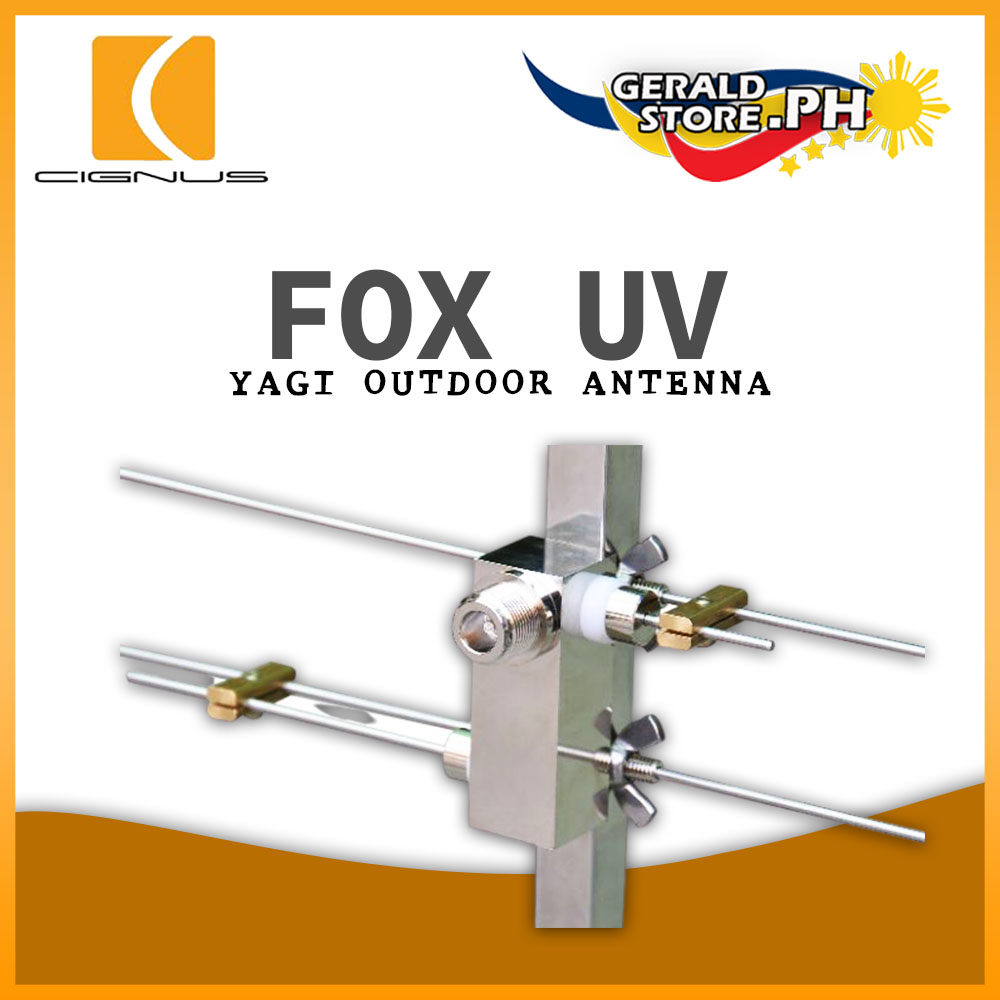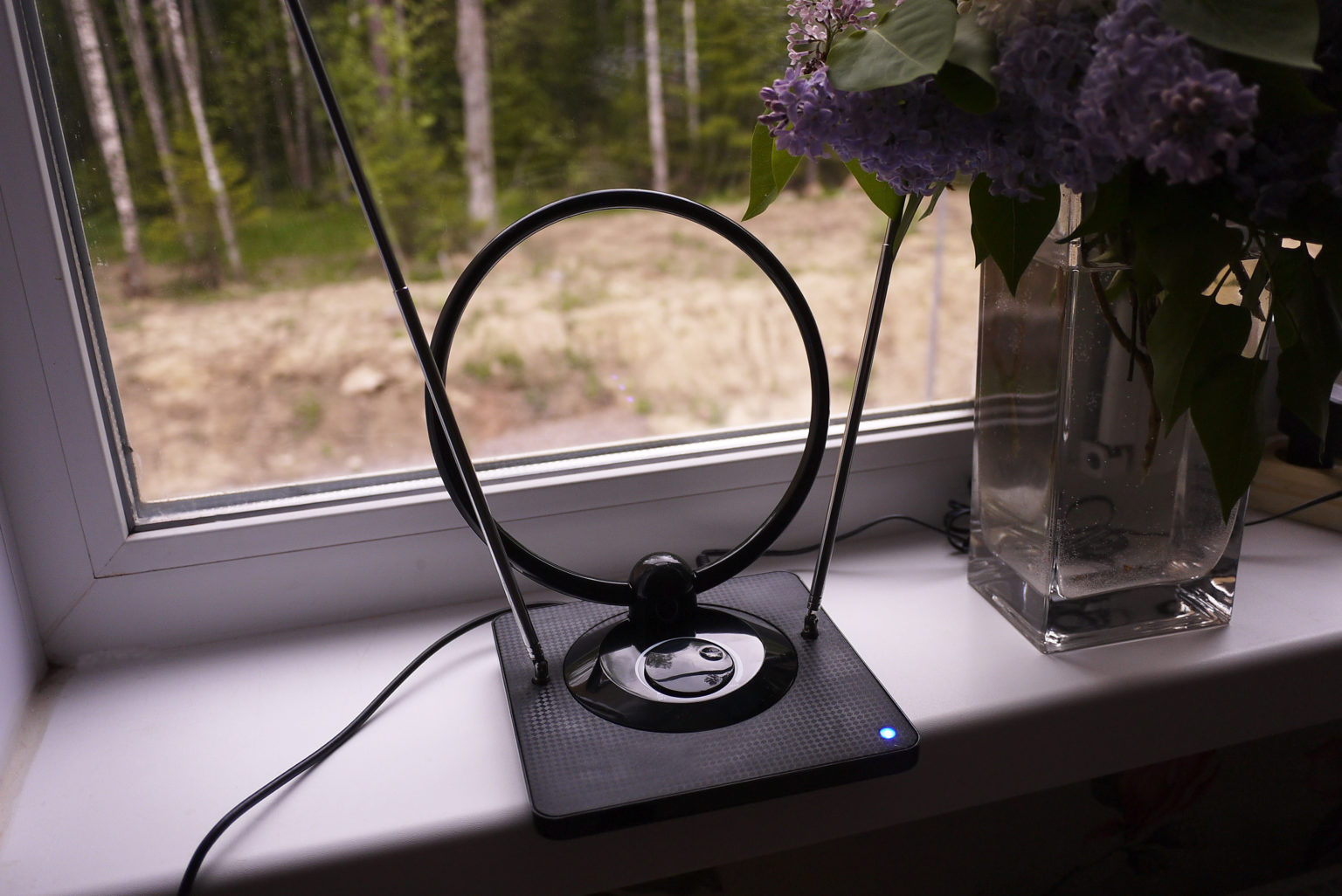Can You Get Fox With An Antenna

The afternoon sun streams through the living room window, dust motes dancing in the golden light. A crackling fire in the hearth provides a comforting warmth against the early autumn chill. Instead of reaching for the remote to scroll through endless streaming options, you consider a different approach. Could an old-fashioned antenna actually bring crystal-clear broadcasts of your favorite shows, including Fox, straight into your home, free of charge?
The answer is a resounding yes, in many cases. Over-the-air (OTA) television, powered by a simple antenna, is experiencing a resurgence, offering a cost-effective alternative to cable and streaming services. This article delves into the details of accessing Fox and other channels with an antenna, exploring its benefits, limitations, and how to determine if it's a viable option for your viewing needs.
The Allure of Free TV: Why Antennas are Making a Comeback
For decades, antennas were the primary way to receive television broadcasts. The rise of cable and satellite television relegated them to the attic, perceived as relics of a bygone era. However, the digital transition of television broadcasting in the late 2000s breathed new life into OTA technology.
This digital revolution provided significantly improved picture quality and opened the door to high-definition (HD) programming. Simultaneously, the increasing cost of cable and streaming services, along with the fragmentation of content across multiple platforms, has led consumers to seek more affordable options.
The Federal Communications Commission (FCC) oversaw this transition, ensuring that all full-power television stations broadcast in digital formats. This change made it possible for antennas to pull in clearer, more stable signals than their analog predecessors.
Can You Get Fox With An Antenna? The Technical Details
The feasibility of receiving Fox with an antenna largely depends on your location and proximity to broadcast towers. Fox, like other major networks such as ABC, CBS, and NBC, transmits its signal over the airwaves.
To determine if you can receive Fox, a crucial first step is to consult online resources like the FCC's DTV Reception Maps or websites like AntennaWeb. These resources allow you to enter your address and pinpoint the location of nearby broadcast towers.
These websites provide a predicted signal strength map, showing which channels, including Fox, you are likely to receive with varying degrees of signal reliability. Keep in mind that terrain, buildings, and even trees can obstruct signals, impacting reception.
Choosing the Right Antenna: Indoor vs. Outdoor
The type of antenna you need will depend on your location and the strength of the broadcast signals. Indoor antennas are a convenient option for those who live relatively close to broadcast towers. They're easy to install and can be discreetly placed near your television.
However, if you live further away from broadcast towers or experience signal interference, an outdoor antenna may be necessary. Outdoor antennas, typically mounted on a roof or mast, offer superior signal reception and can pull in channels from greater distances.
Within both indoor and outdoor categories, you'll find different antenna designs. Omni-directional antennas receive signals from all directions, while directional antennas need to be pointed towards the broadcast towers for optimal reception. Directional antennas are often the best choice when trying to receive signals from distant towers.
Setting Up Your Antenna: A Step-by-Step Guide
Setting up an antenna is generally a straightforward process. For indoor antennas, simply connect the antenna cable to the antenna input on your television. Then, perform a channel scan on your TV to identify available channels.
Outdoor antenna installation may require more effort. It typically involves mounting the antenna on a suitable structure, connecting it to your television with coaxial cable, and performing a channel scan. In some cases, an amplifier may be needed to boost the signal strength.
Always consult the antenna's instruction manual for specific guidance. If you are uncomfortable with heights or electrical work, consider hiring a professional installer.
The Pros and Cons of Antenna TV: Is It Right For You?
The primary advantage of antenna TV is cost savings. Once you've purchased the antenna, there are no monthly fees or subscriptions to worry about. You gain access to a range of free channels, including major networks and local programming.
OTA broadcasts often offer superior picture quality compared to cable or streaming services. Digital signals are uncompressed, resulting in sharper images and more vibrant colors. However, the channel selection is limited to those broadcasting over the air in your area.
Weather conditions can affect OTA reception. Heavy rain, snow, or strong winds can weaken signals or cause temporary disruptions. Furthermore, antenna TV does not provide on-demand access to content, which is a key feature of streaming services.
"Over-the-air television is a reliable and affordable option for accessing local channels," states a representative from the National Association of Broadcasters (NAB). "Many viewers are surprised by the number of channels available and the quality of the picture."
Beyond Fox: What Other Channels Can You Expect?
In addition to Fox, you can typically receive other major networks like ABC, CBS, and NBC with an antenna. Depending on your location, you may also have access to PBS, CW, Telemundo, and Univision, along with a variety of local channels.
Many OTA channels now broadcast multiple subchannels, expanding your viewing options. These subchannels often feature classic television shows, movies, news, and educational programming.
Before purchasing an antenna, research which channels are available in your area. This will help you determine if OTA television meets your entertainment needs.
Embracing Simplicity: A Return to Over-the-Air Entertainment
In an age of overwhelming entertainment options, an antenna offers a refreshing simplicity. It's a cost-effective way to access local channels and major networks without the complexities of cable or streaming subscriptions.
While antenna TV may not be a complete replacement for all your entertainment needs, it can be a valuable addition to your viewing repertoire. It provides access to live news, sports, and local programming, all while saving you money.
Ultimately, the decision of whether to embrace antenna TV is a personal one. By carefully considering your location, channel preferences, and budget, you can determine if this time-tested technology is the right fit for your home.

















